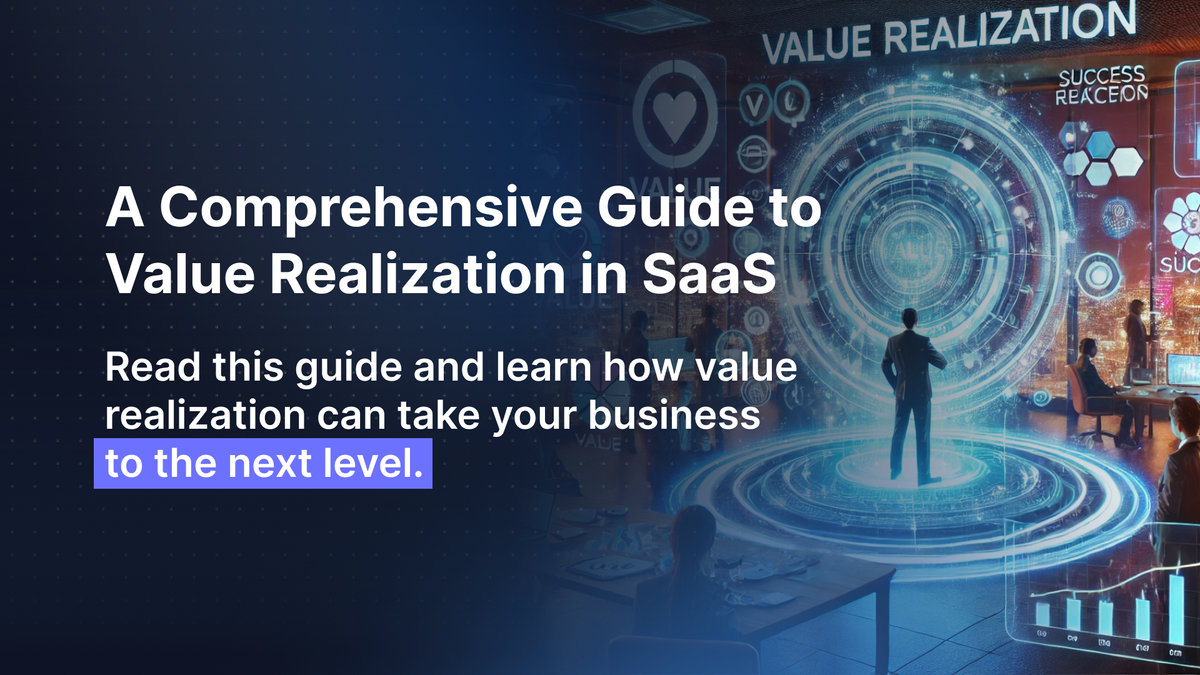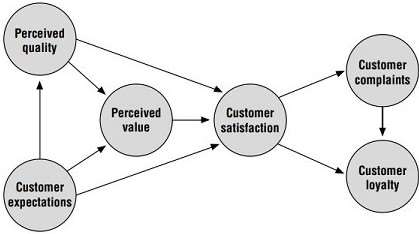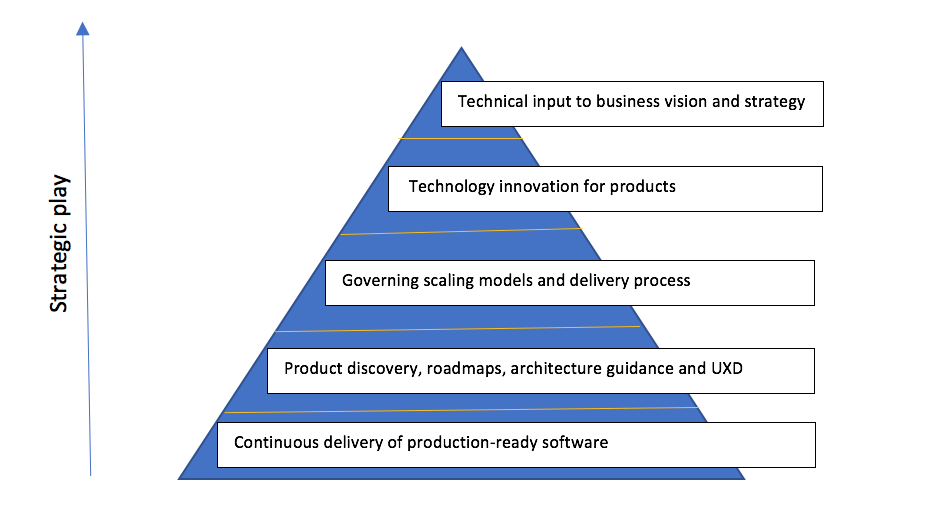Finding it hard to offer value to your customers? Value realization may be th...

If you’re a SaaS provider struggling to build a loyal customer base, you cannot skip the key factor: value realization. It’s a vital process that can help you achieve the ideal outcome from your products or services. When customers get the expected value from your business, they ultimately help you increase the revenue and multiply your profitability. You can say it’s a much-needed strategy to enhance your business performance and improve the satisfaction of stakeholders.
However, realizing value goes beyond just managing products and optimizing your business strategy. It is a multi-step approach that involves identifying, planning, and assessing value to meet customer expectations. Although it seems easy, providing value is a tricky process that takes effort and practical strategies. This detailed guide will help you answer everything about value realization and how it impacts your SaaS business.
Before we get into the technical details, you should understand the concept behind value realization. Simply put, it's a business strategy that focuses on whether your products or services provide value to customers. It’s an important metric that helps you assess customer satisfaction rates and how likely they will recommend your services to others. Here are some key points to further understand the concept of realizing value:
Now that you know the meaning of value realization, you might be excited to learn why it is important for your SaaS business model. Well, it’s a key factor that can unlock growth opportunities by providing long-term customers.
When users interact with your products, they have some expectations. Statistics show that 63% of customers expect businesses to understand and meet their expectations. That’s where value realization or customer success value can assist you. Let’s have a quick look at its benefits in detail below:
When businesses focus on customer success value, it helps them ensure that their products or initiatives successfully deliver the expected outcomes. This assurance and alignment of strategic goals allow you to maximize the return on investment (ROI) for projects and initiatives. It also encourages you to solve specific business challenges and identify problems that impact your overall revenue.
When you implement the right value-creation strategies, you can better evaluate your team’s performance and exceed customer expectations. It also enables you to assess that your team efforts are contributing to the organization's objectives and growth plans. This way, you can achieve business goals such as market expansion, cost reduction, and operational efficiency.
Another key advantage of providing value is it helps you understand and meet the needs of stakeholders, especially customers. When you deliver products that fulfill customer expectations, it ultimately helps you boost customer satisfaction and build loyal users that increase your business growth. Here are some benefits of improved customer satisfaction:
Moreover, a customer-centric approach ensures that your products and services provide real value to end-users and new customers. This ultimately leads to satisfied consumers who can become repeat buyers and will more likely recommend your products to others. All of this will result in long-term growth for your business.

One of the key advantages of value realization is continuous improvement and innovation. It is not a one-time effort but a long-term process that enables organizations to adapt to changing market trends. Businesses that use the value-creation framework can better position themselves in the overcrowded SaaS industry and get continuous positive results.
It also helps in better resource utilization so you can better focus on the projects that bring the highest value in the future. For instance, you can learn from previous experiences and apply these lessons when launching new products or initiatives. This approach will help in the continuous improvement of your business model.
Here comes the most important question: how to make customers realize the value of your products or business? The answer to this lies in knowing the key components or stages of value realization. Understanding this framework will help you optimize your organization or workflow in each step of the growth process. Let’s discuss these components one by one below:
One of the crucial b2b elements of value process is value identification. It involves defining the specific objectives and goals of an organization or explaining the projects or initiatives of a company. It is considered the foundational step and involves detailed understanding of the organization's needs and expectations of the stakeholders.
To get a clear definition of value, you should first know your target audience and determine what they are expecting from your products. For instance, a project aimed at increasing customer service may identify improved customer satisfaction and loyalty as key values to realize. By clearly defining these objectives, organizations set a direction for all activities in the value process.
The next stage is implementing the pre-defined goals and objectives into a detailed plan of action. For this, you can develop a value realization plan that outlines the specific steps, resources, timelines, and responsibilities. Here are some steps involved in value planning:
The purpose of value planning is to highlight the real problems and then create a solution to solve that issue. For example, if a company aims to reduce operational costs, the value planning would include identifying cost-saving measures, assigning responsibilities, and establishing KPIs. A survey showed that over 79% of companies implement KPIs to accelerate their business growth.
Now, its time to execute the formulated plan in the value delivery stage. It includes implementing the solution and involves a lot of support throughout the process. During this stage, it is crucial to maintain clear communication and coordination among team members and stakeholders to ensure that activities are carried out as planned.
The goal is to better utilize the available resources and make adjustments in real-time to solve any issues from the plan. Suppose a software development project aims to improve user experience, the value delivery phase would involve coding, testing, and deploying the software while continuously monitoring user feedback and making necessary improvements. If planned accurately, it can result in positive outcomes and endless business benefits.

After you’ve executed the plan, it’s time to assess the actual outcomes of the project against the set targets and KPIs. This includes the value measurement step which involves collecting and analyzing data to evaluate whether the expected value has been realized.
In it, you can use both qualitative and quantitative data such as website traffic, and social media engagement to check business performance. Then, the final component of value realization is to continuously review performance and make improvements with time.
Value realization is not a one-step process. It involves strategic measurement steps and the right practices to find the realized value for your business model. From identification to measurement and optimization, organizations need to find the correct realization framework that best aligns with their projects and initiatives.
However, this complex process of creating-value can be made simple by using AI support in your business model. AI Chatbot customer service tools like Aidbase can help you understand your target audience and meet their expectations.
It can automate the tricky customer service process and provide a complete support solution for your business. Try it now to accelerate your SaaS business by offering exceptional customer experience.
Value realization in business refers to the process of identifying, achieving, and measuring the benefits from projects, or initiatives. It involves ensuring that the expected outcomes are actually realized and aligned with the organization’s strategic goals. The outcomes include increased revenue, cost savings, improved customer satisfaction, or enhanced operational efficiency.
Value realization is important for organizations because it assists in the effectiveness of investments and projects. It ensures that resources are utilized efficiently and customer expectations are satisfied. By focusing on value realization, organizations can enhance decision-making, improve return on investment (ROI), and increase overall business performance.
Organizations can measure value realization by establishing clear metrics and key performance indicators (KPIs). This includes setting target outcomes, and tracking progress over time. Regular assessments, data analysis, and feedback loops will help in your business success. Additionally, using AI tools and continuous performance monitoring can help in accurately measuring the value realized.
Value realization helps in boosting your business performance but it has several challenges as well. This includes lack of clear objectives, poor alignment with strategies, and inaccurate measurement. To improve your business model, you should address these issues through effective planning and continuous improvement practices.